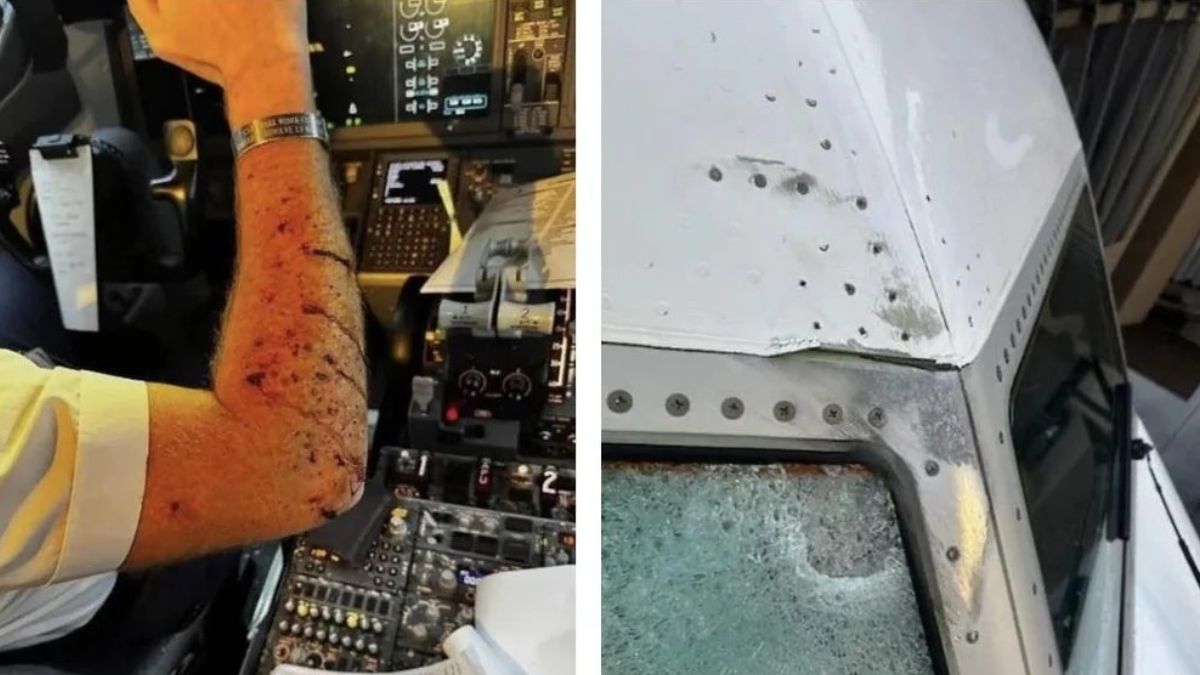A stray high-altitude weather balloon was identified in a new report as the mystery object that smashed into a United Airlines jet last month, shattering the windshield and sending glass across the cockpit as the aircraft flew at 36,000 feet over Utah. The National Transportation Safety Board said on Friday that the injured captain, who suffered multiple lacerations from flying glass, was forced to divert to Salt Lake City after the balloon struck the Boeing 737 at around 6:43 a.m. on October 16.
According to the preliminary findings, a WindBorne Systems global sounding balloon had launched from Spokane, Washington, the previous day, drifting south into Nevada before looping back towards Utah. The California-based aerospace company said it had lost contact with the gas-filled, envelope-shaped balloon, which was in the vicinity when one of the jet’s multi-layered windshields was nearly blown out during the Denver-to-Los Angeles flight.
Safety design questioned after cockpit showered in glass
WindBorne states that its balloons are engineered to minimise harm should they collide with an aircraft or strike the ground, noting that they contain no large metal or high-stiffness structural components. However, the report also highlighted that aircraft windshields are built to withstand a four-pound bird strike without cracking.
“The impact resulted in both pilots being showered with pieces of glass,” the NTSB report said. The captain sustained multiple superficial lacerations to his right arm, while the first officer was uninjured. The remaining 111 passengers on board were not hurt. Images shared online after the incident showed the captain’s bruised and bleeding arm and shards of glass scattered across the cockpit.
The collision occurred moments after the captain saw an unidentified object on the horizon; before he could alert the first officer, it struck the aircraft with a “loud bang,” according to investigators. Cabin pressure held steady, and the crew diverted safely to Salt Lake City International Airport.
Quick Reads
View AllCompany pledges new safeguards as inquiry continues
WindBorne released a statement on Friday in response to the report, announcing four new safety measures aimed at preventing future incidents. These include reducing the amount of time balloons remain in commercial airspace, enhancing air traffic alerts, developing collision-avoidance algorithms, and lowering balloon mass to further limit damage in the event of an impact.
“We are deeply relieved that Flight UA 1093 landed safely and with minimal damage,” the company said. “Our flight systems are designed both to prevent mid-air impacts and, in the rare event one occurs, to ensure safety through redundant structural and operational safeguards …. the UA1093 incident has reinforced our commitment to continuous improvement, and we have acted immediately to further strengthen safeguards.”
The NTSB investigation remains ongoing.
)